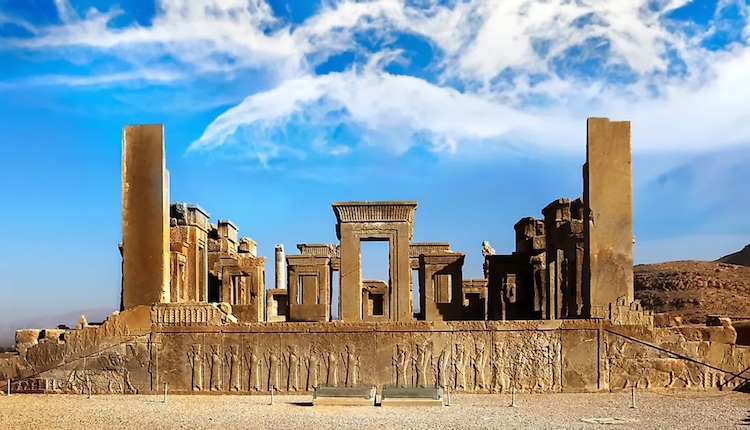I have a confession. During the last sixteen years, I have deliberately avoided teaching the USA 1919 -1945. From my own selfish point of view, Germany and Russia always seemed more interesting. How wrong I was.
This September, I started a new job at a new school, with a Year 11 ready to embark on controlled assessment focussing on the ‘roaring twenties’. As the summer holidays began, the thought of winning over a new class, with a topic I had never taught, filled me with horror. All manner of jobs, including boarding the loft and worming the cat, seemed infinitely preferable to sitting down and planning a unit on the 1920s. I’ll admit, Bill Bryson helped me prepare mentally and I recommend his excellent ‘1927’ to teachers wanting to get a flavour of the period.
If the modern world wasn’t born in 1920s America, then certainly the template was designed, costed and manufactured according to the principles of Taylorism and mass production! An economic boom, predicated in part by a deregulated banking sector, the subsequent crash, itself partly the result of toxic credit, all felt very familiar. Just last week, the Chancellor of the Exchequer made the remarkable claim that Britain could become potentially the richest economy in the world. All this against a backdrop of food banks and zero hour contracts! Perhaps Gorgeous George had been reading the speeches of President Hoover, who in 1928 claimed that poverty in America had been eradicated. Our lesson on who shared in the economic boom puts such grandiose claims to the test.
He may not have worn a polo neck and delivered keynotes to rooms full of geeks, but Henry Ford was the Steve Jobs of the age. Today, the grey-faced workers falling asleep at their posts live in China, but the challenges of life on the production line seem eerily familiar. It was the sheer ubiquity of the motorcar that amazed me when researching the twenties. Coming back from London last night, I gazed around the train carriage at my fellow passengers. They were all deeply engaged with their phones, the overwhelming majority made by Apple. Give it twenty years and perhaps there will be lessons on the historical significance of Steve Jobs, much like the enquiry we have planned on Ford.
Sadly, a couple weeks ago the news reported the unexpected deaths of three men. They all appear to have taken a highly toxic drug called PMA (phenoxymethylamphetamine), probably under the impression that they were buying ecstasy (MDMA). This has caused Professor David Nutt, once chair of the UK’s advisory committee on the misuse of drugs (until sacked by Alan Johnson), to reignite the debate about the efficacy of drug prohibition. While drugs are illegal, their purity is always open to doubt. I was immediately reminded of the many American deaths caused by drinking wood alcohol and moonshine in the 1920s. Perhaps our politicians would do well to take a look at our enquiry on the failures of prohibition.
Want your students to appreciate how a febrile atmosphere surrounding immigration can lead to trouble? Then take a look at our lesson on Sacco and Vanzetti. Our Rosewood history mystery throws light on the pent up anger many in the Afro-American community feel at the failure of the police and the authorities to protect them.
It seems that the more things change, the more they stay the same. But maybe that’s one for your students to discuss after you’ve taught them my new favourite unit…
A mirror onto today: Why I grew to love teaching 1920s USA by Alec Fisher





